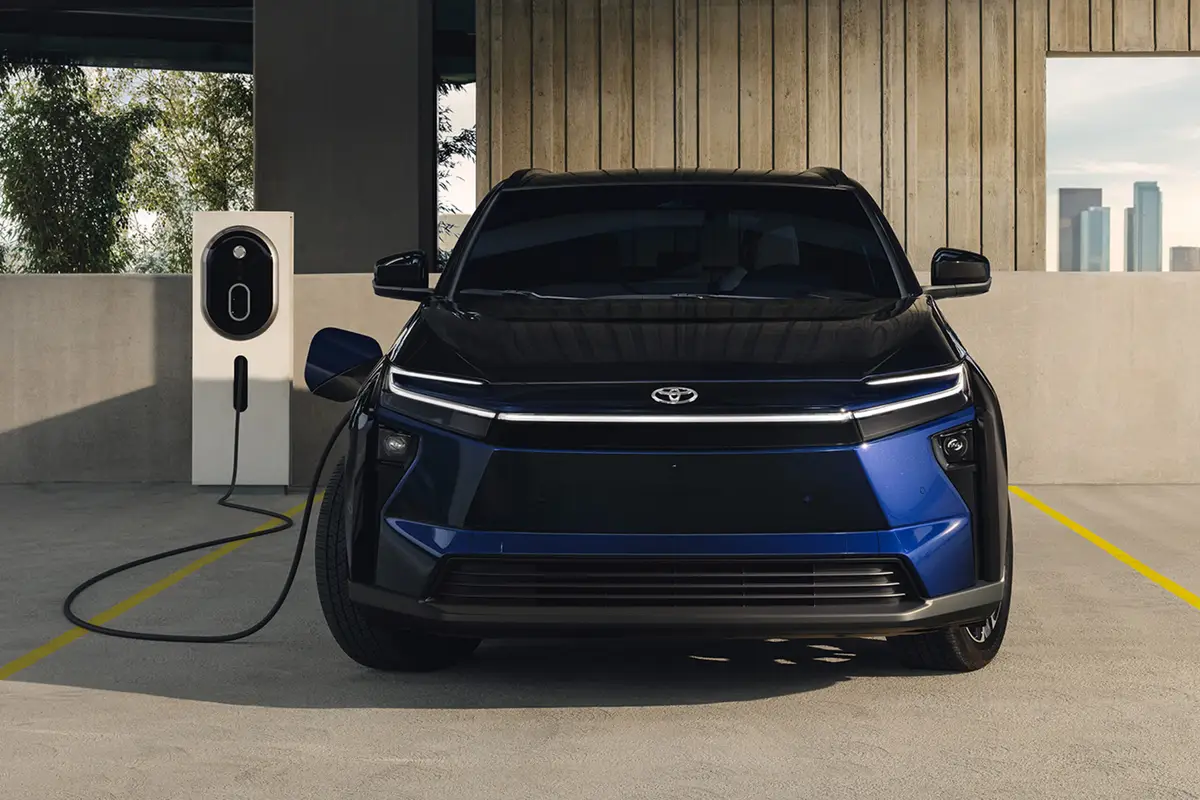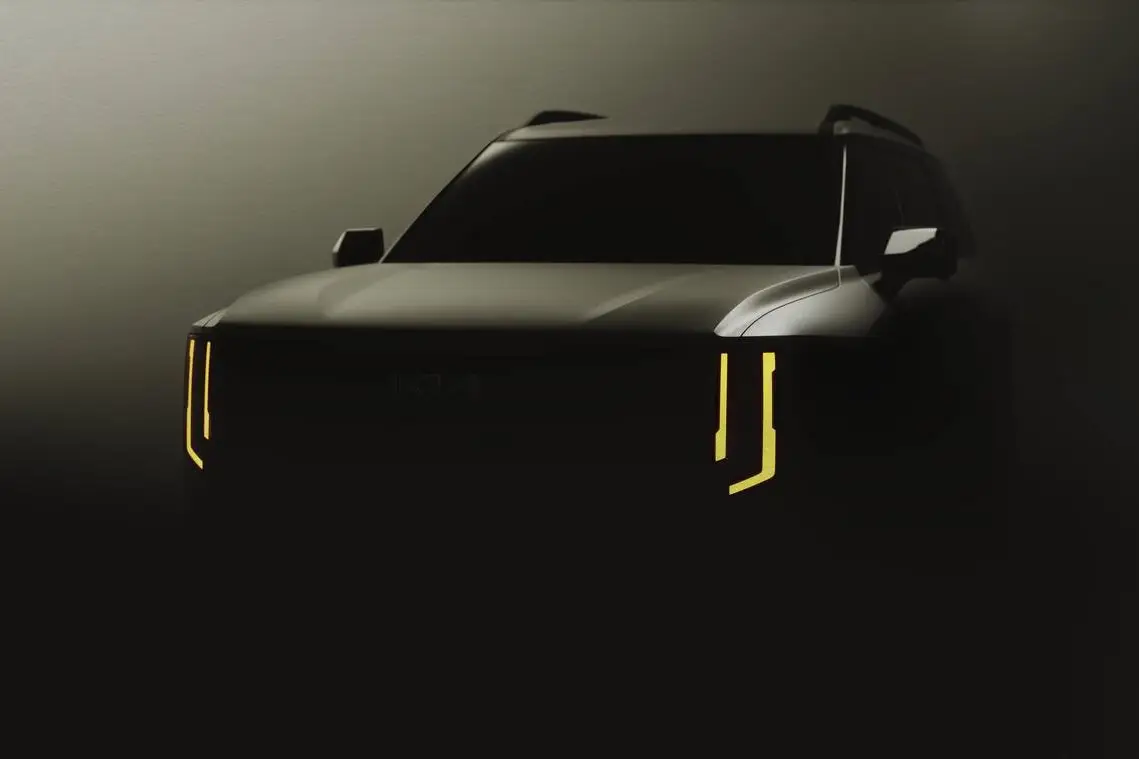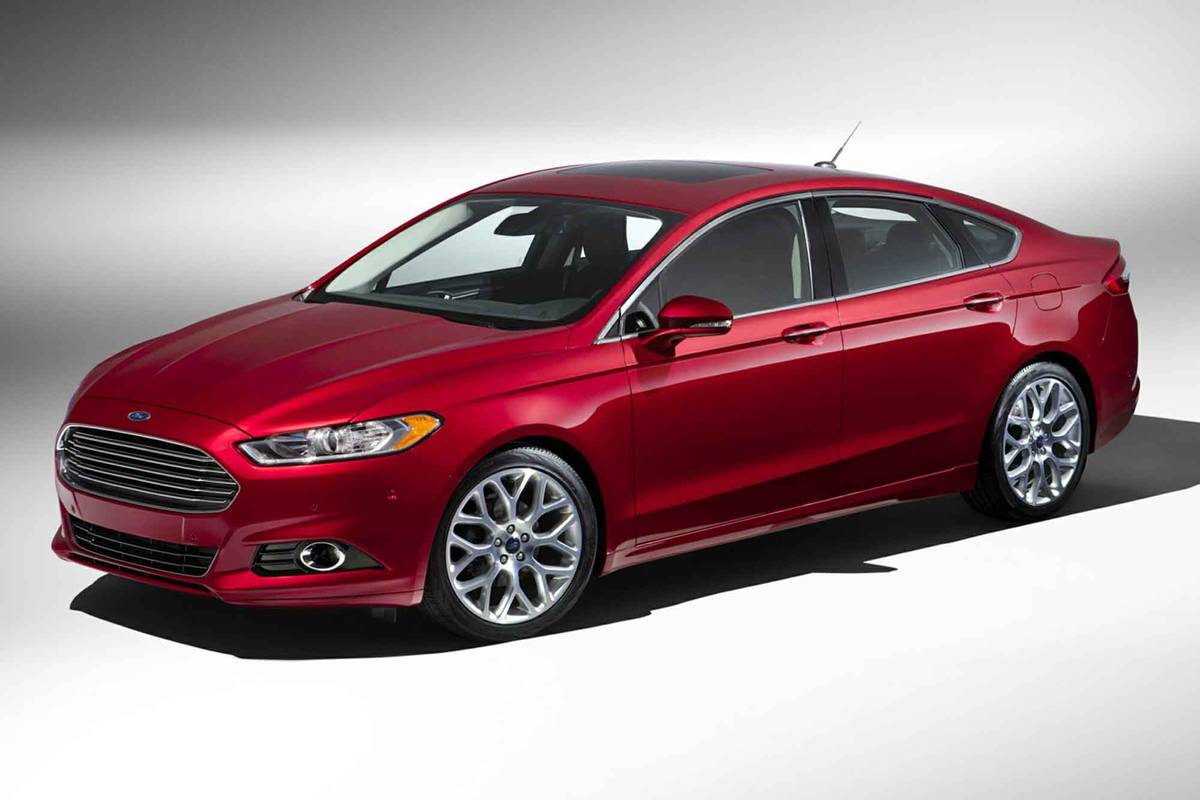washingtonpost.com's view
Things once annoying become valued with age. Consider the blind-side warning systems on many of today’s automobiles. The BSW’s primary job is to warn drivers when an unseen vehicle is approaching in an adjacent lane.
A related technology — variously called “lane-departure warning or “lane-keeping protocol” — alerts drivers when they are wandering into adjoining lanes because of drowsiness or other inattention.
The lane-policing systems employ discreetly mounted exterior cameras in combination with interior sensors that monitor speed and direction. A vehicle approaching in the “blind side” of an adjoining lane triggers a visual warning in the affected side-view mirror of a BSW-equipped vehicle.
If driver inattention leads to lane wandering, the lane-departure warning system beeps or chirps in an attempt to interrupt the driver’s slumber behind the wheel.
Like many U.S. automotive journalists, I greeted the lane-policing technologies with disdain when I first used them — in my case in 2005, four years after Nissan Motor began experimenting with them in Japan. Both systems were annoying. I pushed their disabling buttons almost in tandem with starting up the cars in which they were installed.
Other automotive journalists did the same. But despite that lukewarm media reception, Nissan and many of its rivals — BMW, Mercedes-Benz and Cadillac among them — continued developing the lane-policing technologies. They had reason.
In North America and Western Europe, the numbers of older drivers were growing. More cars and people were crowding the streets of the world’s cities, generating the need for more proactive automotive safety.
But I had not fully shaken off an adolescent mentality common to many automotive journalists: a belief that accidents happen only to people who know nothing about cars or driving, or who think that “fun to drive” means any driving without family members as passengers or targeted hosts, or who, deep down in their gasoline-soaked souls, hope that all of the hoopla over alternative propulsion systems and fuel economy is something that will eventually go away.
I’ve left that unsustainable school of thought in writing and thinking about automobiles. I pay more attention to things the automotive media once fashionably ignored or put aside as less than sexy.
Safety is one of those things, which is why I’m using this column to thank Nissan and others for continuing to improve the lane-policing technologies I once dismissed.
One of those systems on this week’s subject car, the 2011 Infiniti M37, probably saved me and my wife, Mary Anne, from death or serious injury.
Yes, I’m finally getting around to the car of the week. In composing this piece, I realized that I might not have been around to write it without Nissan’s work in lane-policing technologies.
I could go on endlessly about the virtues of the Infiniti M37, made by Nissan, as an automobile. Let’s be real. How difficult is it to make a fine car at a base price of $48,400? Any car company that can’t do that should not be in business.
The M37, available with rear-wheel or all-wheel drive, is a fine automobile. Its interior of leather and Japanese-ash wood trim bespeaks luxury with taste. But for people who equate value and performance with horsepower, the M37’s 3.7-liter, 24-valve V-6 engine (330 horsepower, 270 foot-pounds of torque) may not be enough, which I find amusing.
That Infiniti V-6 is one of the smoothest, quietest, most pleasantly performing midsize sedan engines available anywhere. It is equipped with electronically controlled valve lift and timing to precisely meter the intake of air and fuel, thoroughly burn the mixture, produce maximum power, and efficiently treat (clean) and exhaust the spent gases.
Super-low-friction air induction in conjunction with the use of low-friction-coated pistons also facilitates the movement and compression of the M37’s air-fuel mixture. It all works wonderfully well, yielding maximum power at minimum fuel consumption.
So what?
We were in the middle lane heading north on Interstate 87, yes, to visit our New York daughters. It’s what parents do.
I saw an old Chevrolet Camaro barreling up the left lane, appearing to infringe on me in the middle. I instinctively turned right. But the right side-view mirror blinked furiously. Mary Anne screamed. There was a truck in that lane. I maintained my middle-lane position — the safest of two unsafe alternatives.
That blinking blind-side-warning light dominates any thoughts I have about the 2011 Infiniti M37. Thank you, Nissan. Thank you, Infiniti.
Brown is a special correspondent.
Latest news



